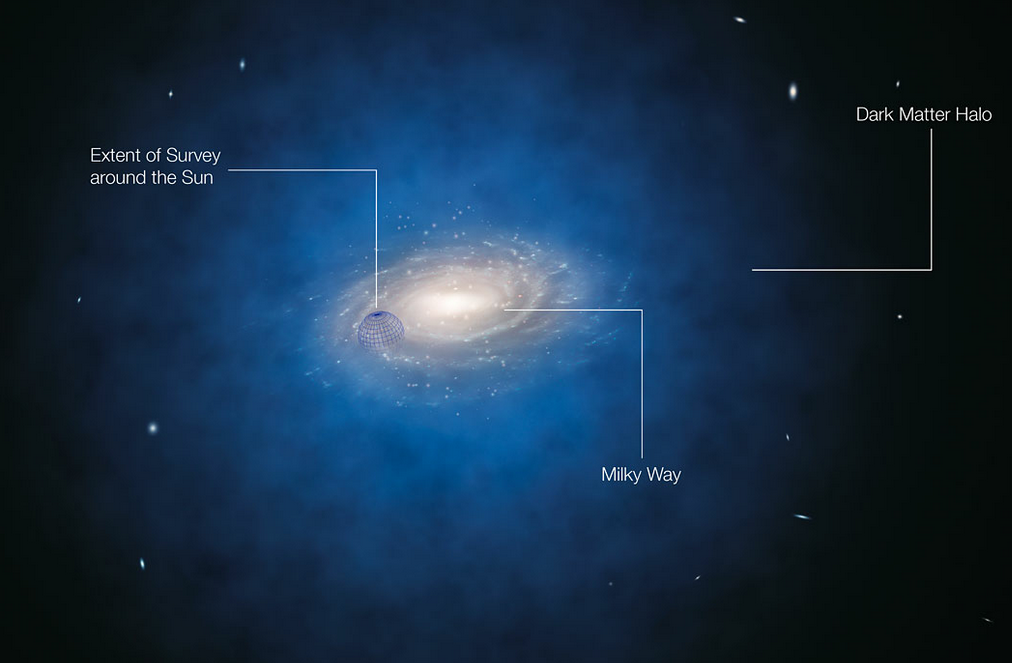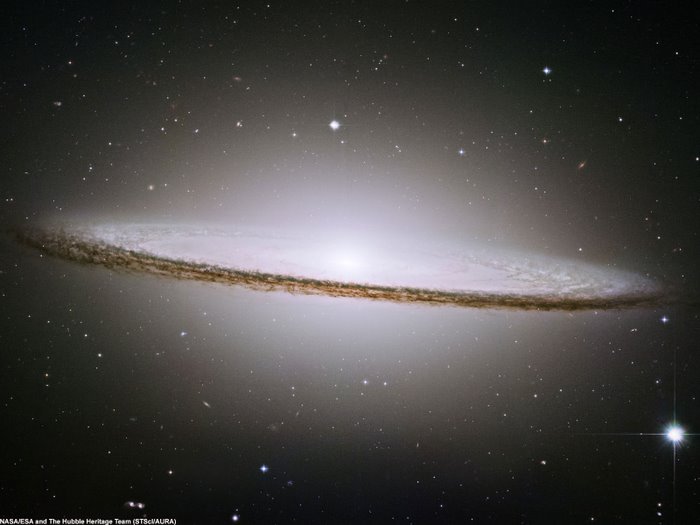Science News reports that a video briefly available today on the CERN website appeared to confirm that the European physics lab has discovered a new particle — most likely the long-sought Higgs boson.
"We've Observed a New Particle"
CERN has scheduled a major announcement for tomorrow, and anticipation has been building that this announcement will reveal either the discovery of the Higgs Boson, or evidence strongly pointing to the Higgs.
Joe Incandela, spokesman for the CMS experiment at CERN's Large Hadron Collider, says in the video "It may in the end be one of the biggest discoveries, or observations, of any new phenomenon that we've had in our field in the last 30 or 40 years."
Per Wikipedia: "The Higgs field is a quantum field that fills all of space, and explains why fundamental particles (or elementary particles) such as quarks and electrons have mass. The Higgs boson is an excitation of the Higgs field above its ground state. The existence of the Higgs boson is predicted by the Standard Model to explain how spontaneous breaking of electroweak symmetry (the Higgs mechanism) takes place in nature, which in turn explains why other elementary particles have mass."
Higgs Boson





















